As we enter 2023, the world of graphic design continues to evolve and change at a rapid pace. Here are some digital trends in graphic design to keep an eye on:
Artificial intelligence and machine learning: AI and machine learning are becoming increasingly prevalent in the world of graphic design. Tools like Adobe’s “Adobe Sensei” use AI to automate tasks like color correction and image resizing, allowing designers to focus on more creative work. Another example would be Pixlr with its AI Skin Smoothing, AI Object Remover, AI Background Remover, and AI Filter Recommendations.
Responsive design: With the proliferation of devices with different screen sizes and resolutions, responsive design is more important than ever. Designers must create graphics that look good on everything from phones to desktop computers, and that means using flexible, grid-based layouts and scalable vector graphics.
3D design: 3D design is becoming more accessible, thanks to the proliferation of powerful, user-friendly software like Blender and SketchUp. Designers are using 3D to create product mockups, visualizations, and other graphics that require a high level of realism.
Surrealist maximalism: A trend in graphic design that combines elements of surrealism and maximalism to create bold, eye-catching designs. This trend is characterized by the use of unexpected, dreamlike imagery, bold colors and patterns, and a mix of different styles and influences. Surrealist maximalism often incorporates a sense of playfulness and irreverence, and designers using this style may use techniques such as cutouts, collage, and layering to create visually striking compositions. This trend is particularly popular in graphic design for social media, where eye-catching visuals are key to capturing the attention of users scrolling through their feeds.
Colorful Retro: It is a style of graphic design that incorporates elements of retro design with bold, bright colors. This trend is characterized by the use of vintage-inspired fonts, graphics, and layouts, as well as a vibrant color palette that often includes neon or pastel shades. Designers using this style may also incorporate elements of pop art, geometric shapes, and other design trends from the past. The goal of colorful retro design is to create a sense of nostalgia and retro kitsch, while also giving it a modern, fresh twist through the use of bold colors and updated design elements. This trend is particularly popular in graphic design for branding and marketing materials, as it can help to create a playful and memorable visual identity.
Futuristic: This is a trend in graphic design that incorporates elements of futurism and science fiction; often characterized by the use of sleek, modern lines and shapes, as well as a focus on futuristic materials with Blade Runner or Cyberpunk-style image renderings, neon palettes, futuristic liquid gradients and 3D components. Designers working in this style may also use bright, neon colors and other bold visual elements to create a sense of excitement and innovation. The goal of the futuristic design style is to evoke a sense of wonder and possibility, and it is often used in graphic design for technology companies, science fiction properties, and other forward-thinking brands. As technology continues to advance and the world progresses towards the Metaverse, the trend of futuristic design style is likely to remain popular and relevant.
Inclusive Design: The trend of inclusive design is a design approach that takes into account the needs and preferences of people with a wide range of abilities and disabilities. This trend is characterized by the use of clear, simple design elements and a focus on accessibility and usability. Designers working in this style may use techniques like high contrast color schemes, clear and easy-to-read typography, and responsive design to ensure that their work is accessible to as many people as possible. The goal of inclusive design is to create products, services, and environments that are usable and enjoyable for everyone, regardless of their abilities or disabilities. This trend is particularly important in the age of the internet, where it is essential for websites and other digital products to be accessible to users with a variety of needs and preferences.
Bold Abstract Shapes: The trend of bold abstract shapes is a style of graphic design that uses simple, geometric shapes and forms to create bold, eye-catching compositions. This trend is characterized by the use of large, bold shapes in bright colors, often set against a solid background color. Designers working in this style may use techniques like overlapping, layering, and negative space to create visually striking and dynamic compositions. The goal of this trend is to create bold, graphic designs that are both aesthetically pleasing and easy to understand. By using bold abstract shapes, designers can create visually striking designs that are sure to grab the attention of their audience.
Overall, these digital trends in graphic design are all about making the design process more efficient, immersive, and engaging. By keeping an eye on these trends, designers can stay ahead of the curve and create work that is fresh, innovative, and relevant to today’s audiences.
Source link


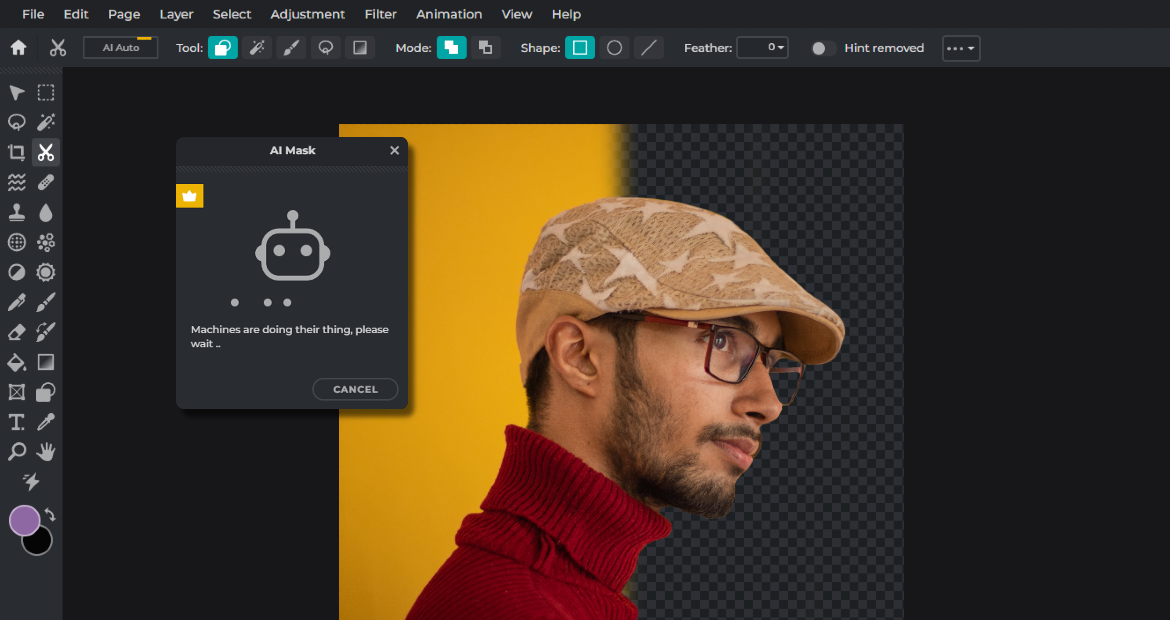

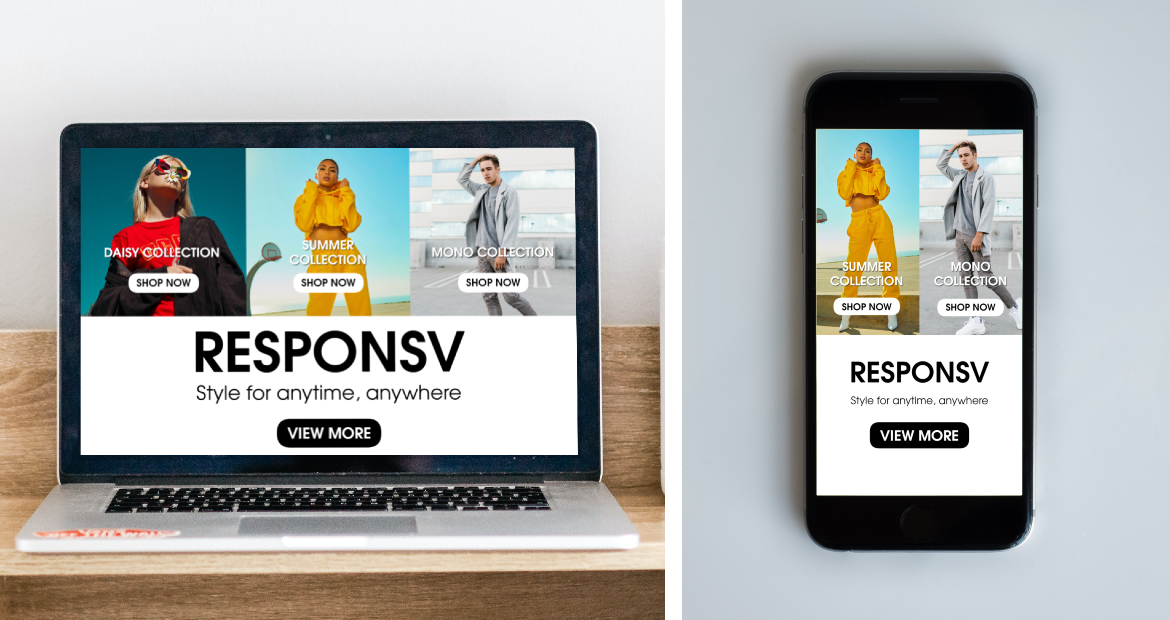
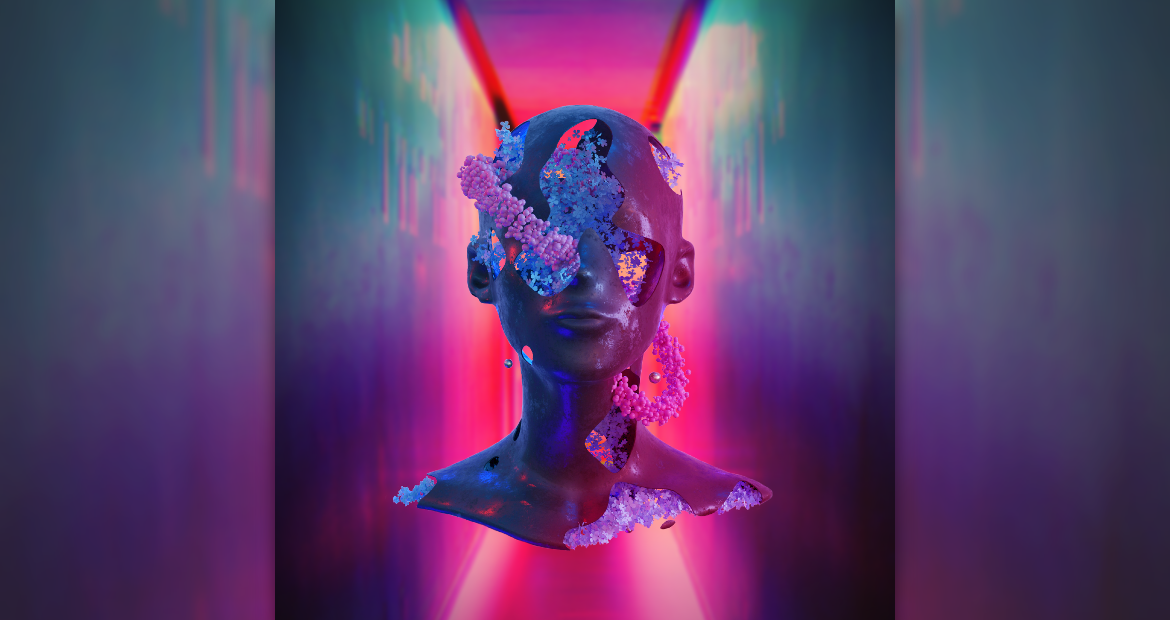
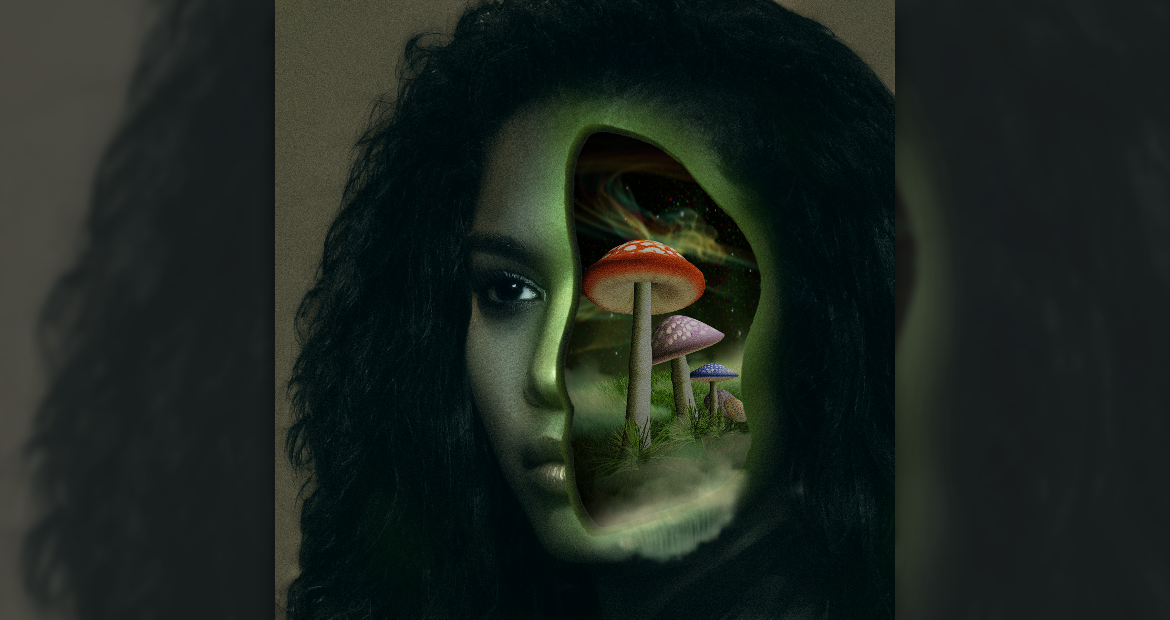
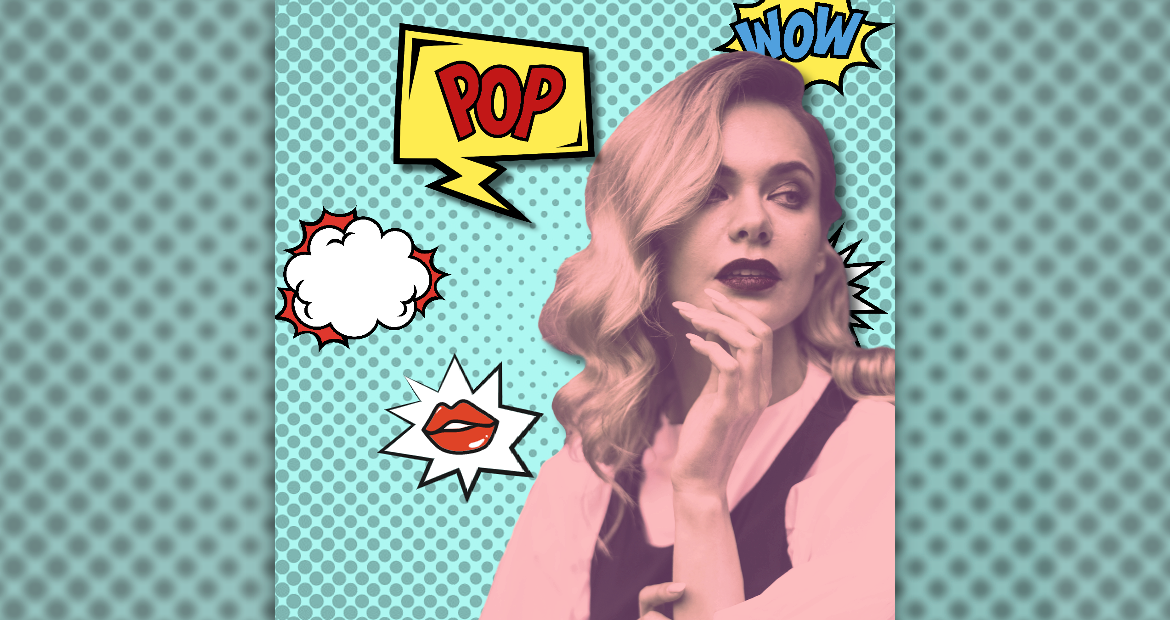
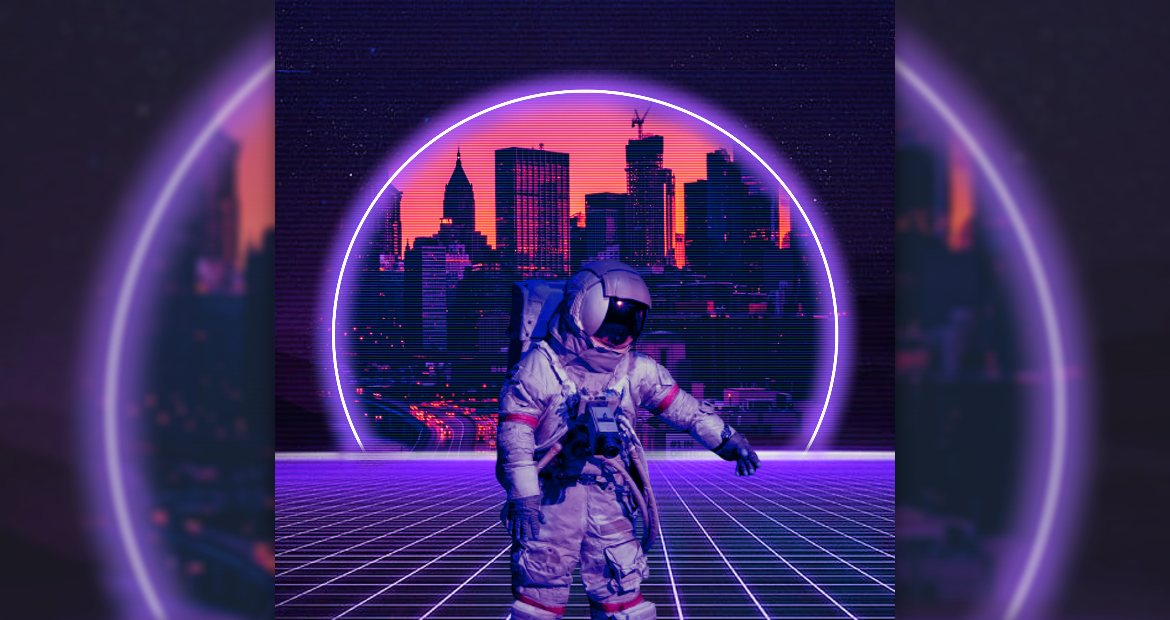
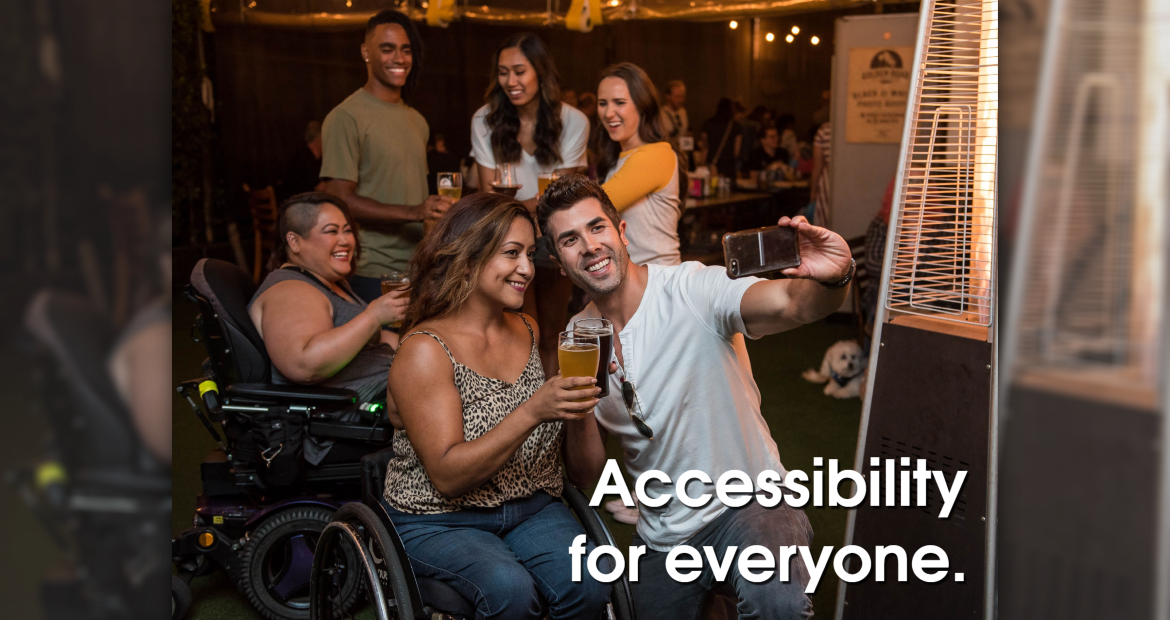
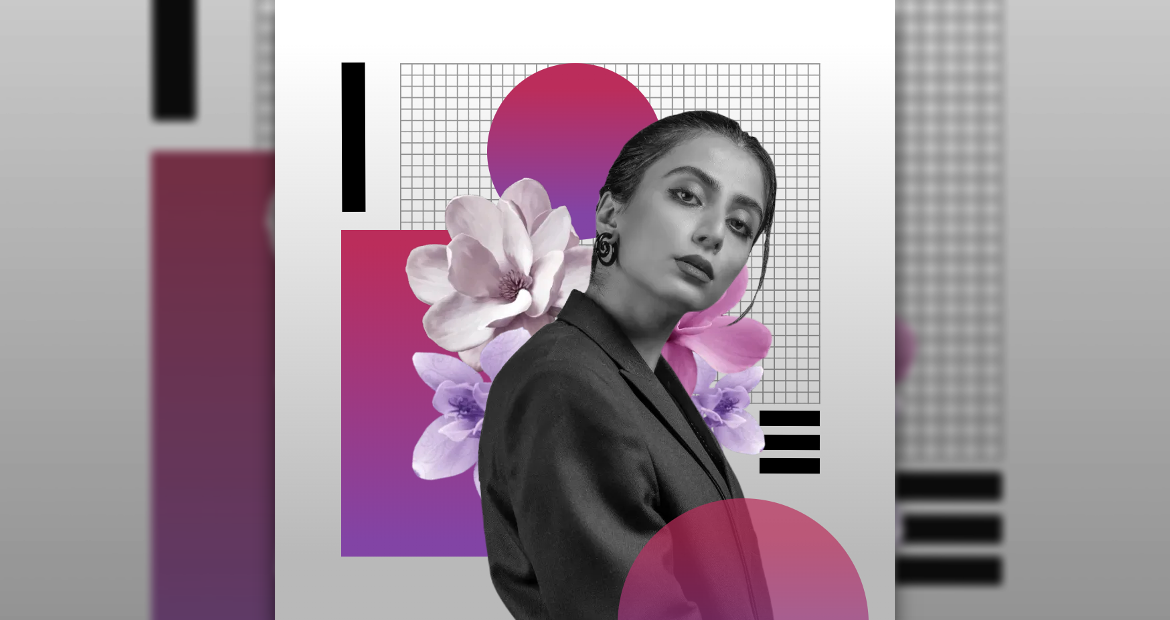
Leave a Reply